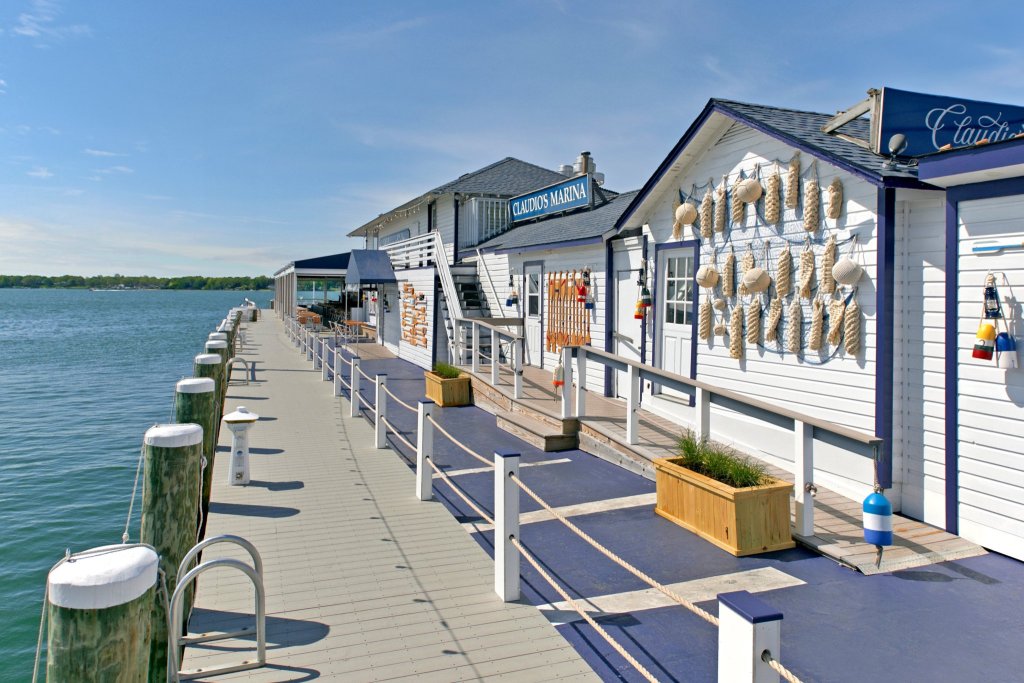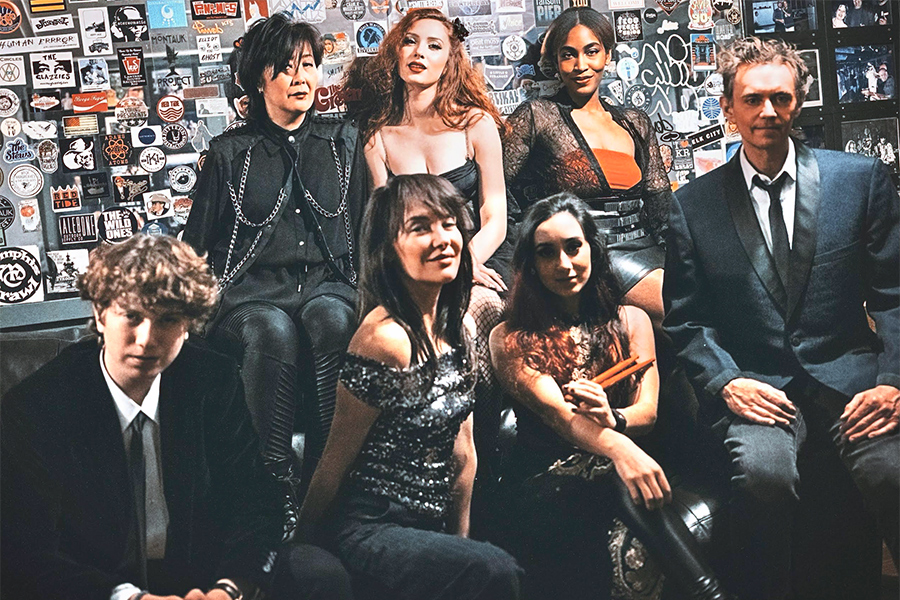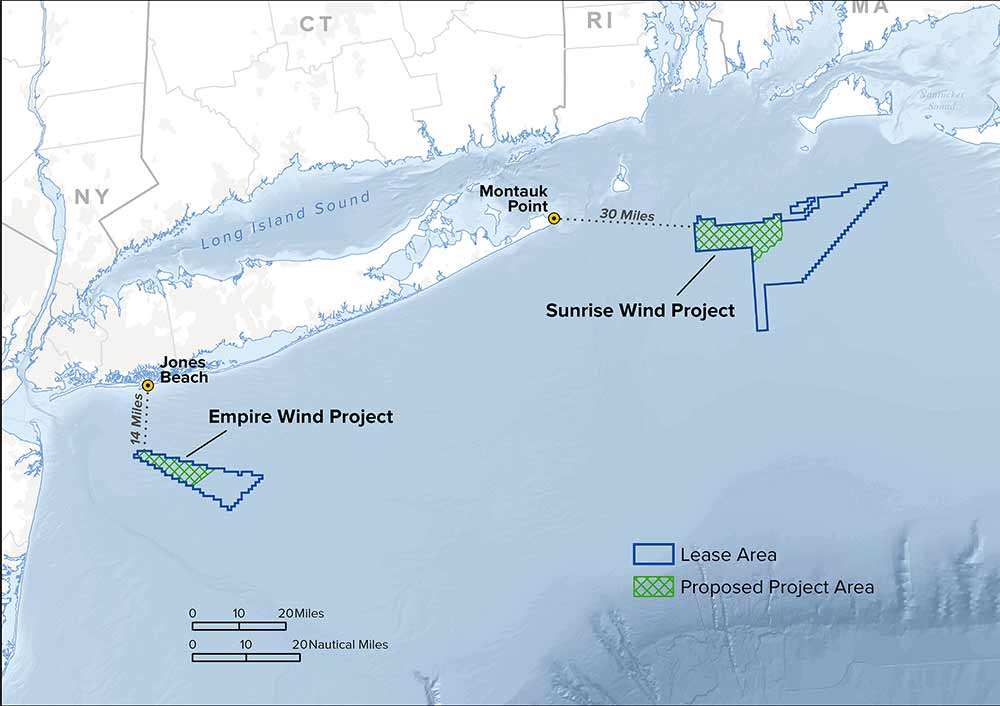Mayor Kathleen Mulcahy on Maintaining Sag Harbor's Beauty
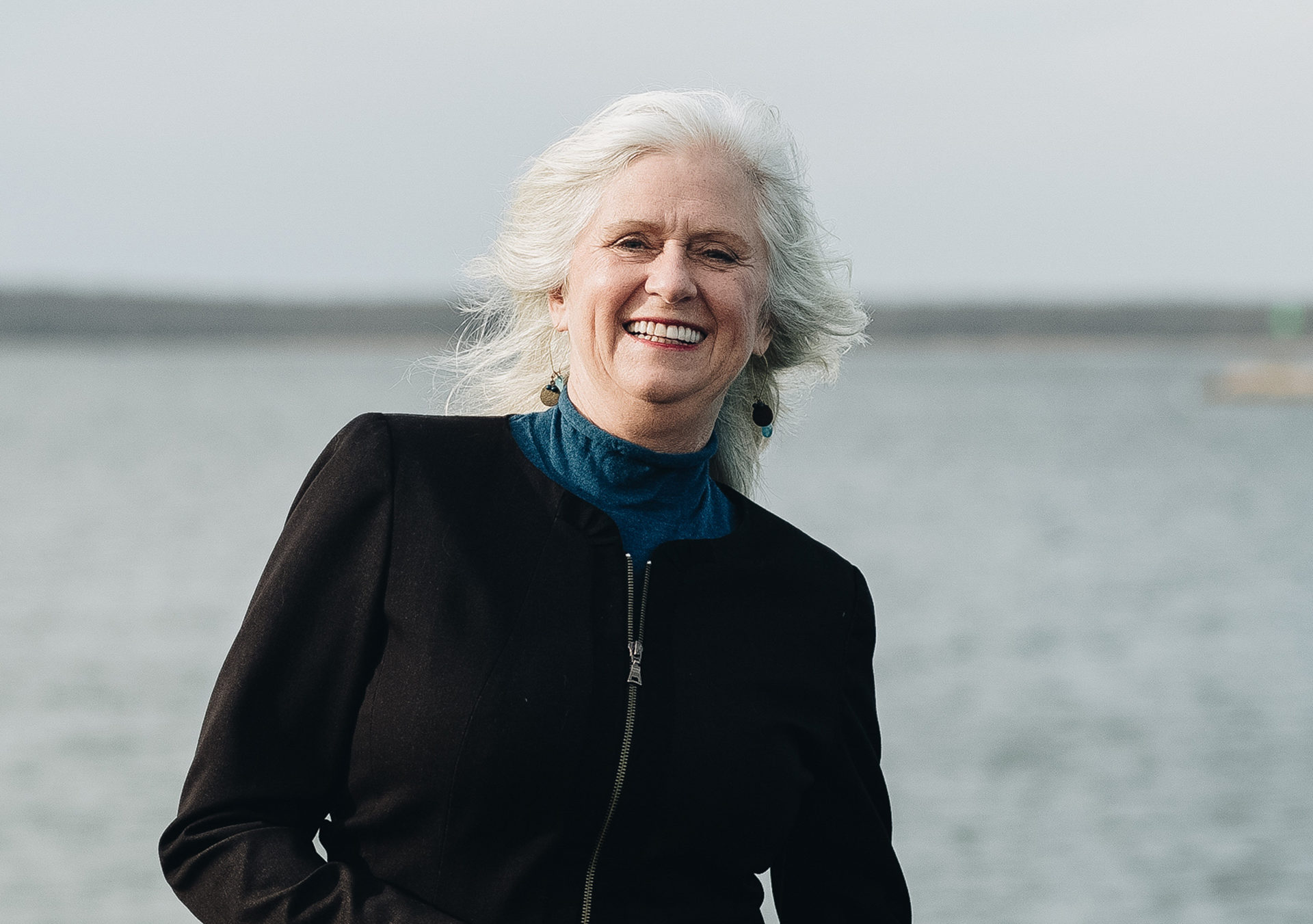
Sag Harbor Mayor Kathleen Mulcahy has been a resident of the charming village for nearly three decades and ran for office in 2019 with the intention of helping Sag Harbor balance its historic character with its status as a world-class tourist destination. Today, Mulcahy continues to work on maintaining the beauty and charm of the village with waterfront rezoning efforts, John Steinbeck Waterfront Park plans and new environmental laws, and she has also introduced paid parking to help fund a much-needed traffic management study.
What is one in-process project you’d like to see completed and implemented in 2021?
The one really big thing is our waterpark planning rezoning efforts, and that, of course, has been introduced in draft form. We are in a public comment period, and we are going to, at the end of the month, review all the comments versus the current code and see what we think should be changed or adapted in the current draft, then present a final version by March 9 to hopefully have a public hearing at the end of March and ratify in early April.
We’re about a month behind from where we wanted to be, but that’s because our village is passionate, and our residents had a lot to say. So we’re listening, adjusting and moving forward. I do think that when it does get finalized, it’s going to be a really great tool for the village. We have a beautiful waterfront, and we certainly don’t want to see it filled up with condos that’ll be used two months a year, then dark the rest of the time, and will block public access to our waterfront. We have to protect it.
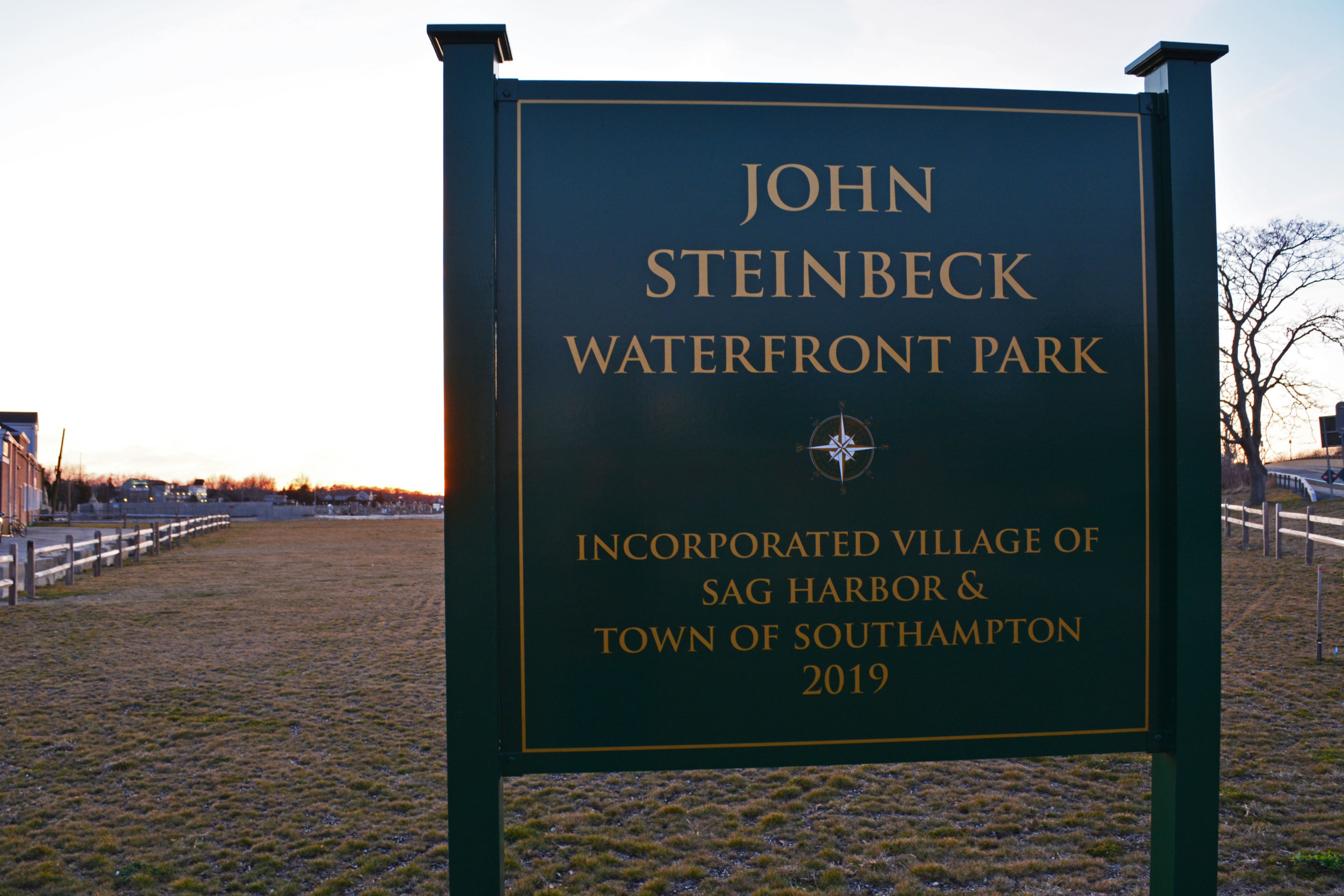
What are the plans for John Steinbeck Waterfront Park in 2021?
We put up a website a few weeks ago, and we’ve already raised $150,000. All of Steinbeck Park is going to be paid for through private donations and/or grants. We have no village budget line for the park. So everything in Ed Hollander’s wonderful design is going to have to be donated in one way, shape or form from the public and the community. They’ve been great so far, and I expect them to continue to be.
We have had a donation of a number of cherry trees that we are looking to, perhaps, line up as you come into the village over the bridge on the Steinbeck Park side and on the Windmill Park side to make a nice entrance to the village. We are hoping to be able to get Suffolk County and New York State permission to do that by the spring, so that’s the first step.
Then, with a little bit of luck, we’ll do a ground-breaking in September for Steinbeck Park. It’ll look pretty much the way it looks right now. We’re trying to get some irrigation in there so it can be a little greener, but we don’t want to spend too much on irrigation before we do the ground-breaking and move ground around. So we are measuring what we can do and what we should wait for, but yes, we are hoping to be able to get Steinbeck Park opened by the fall.
This summer, we’ll keep the picnic tables; they were well-used this year. The lights are not the most beautiful things in the world, but they’re good at night if you’re trying to eat at a picnic table and it’s dark out. They were done with a grant from PSEG, designed to help people eat outside during COVID. So it’s piecemeal, but we’re getting there.
What outdoor dining changes can summer visitors expect this year?
Outdoor dining-wise, it’s going to be as it was this past summer. We have it up for a full-time law, which we’ll vote on in March. In the past, the village was not particularly easy with our restaurants in giving them access to the outside—they got a lot of hoops to jump through—but with the pandemic, we realized that we could make that a lot easier on people. And people went out and did it, and we realized that, wow, the world didn’t end, and this isn’t a terribly annoying thing. So we took a lot of the exceptions we’ve made during COVID and made them permanent, so people will be able to have more outdoor dining, using some of their private spaces as well as a little bit more access to some of the public sidewalks. So people can expect what they had this year, and maybe with a little bit of luck, we can take some of the partitions down between the tables.
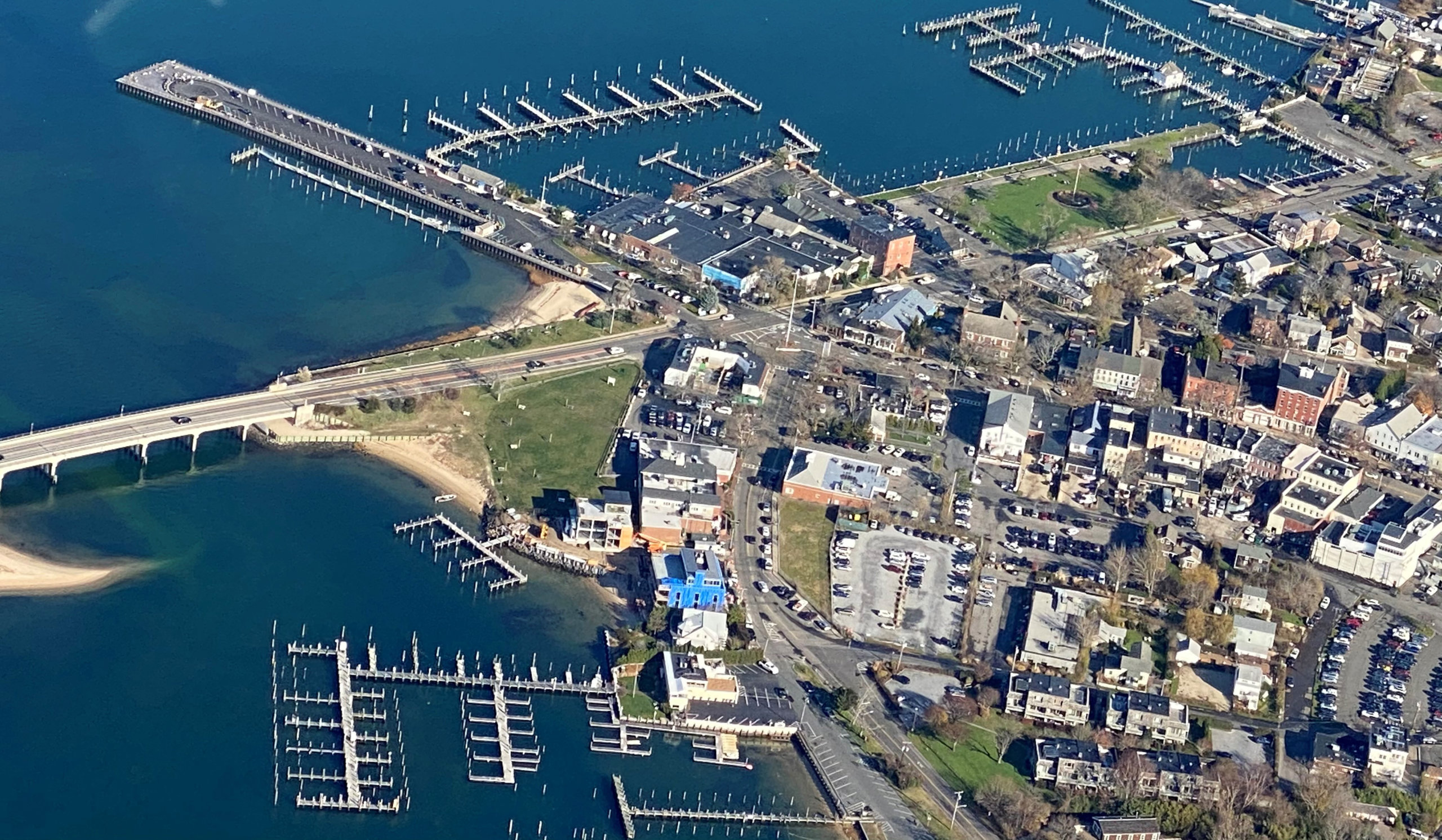
Talk about the paid parking that’s being introduced in Sag Harbor.
As far as parking goes, we had a lot of discussions in the past two months about paid parking in Sag Harbor Village, and I still believe that’s something that we have to do for any number of reasons, but we got a lot of pushback and a lot of requests that we start a little bit slower than we had envisioned. So we’re going to just do it on Long Wharf and test the program. It is going to be an app-based parking program. There will be an 800 number on a phone at the harbormaster shack on Long Wharf if you don’t have a smartphone.
We’re going to try it, see how it works, and hopefully it’ll raise a little bit of money. Then we’ll see how we can bring it out and expand it.
I do think that we have a tremendous amount of people who come to visit our village during the summer, especially on the weekends and at night. We have probably the busiest restaurant village in the area, and it’s not fair that these visitors come in, take all the spaces and use our services, and our taxpayers barely have room to park—and they’re the ones who are paying the taxes! We felt that this was a way to ask our visitors to help shoulder a bit of the burden of our roads and our traffic issues. I still think that in the long-term, that is the right direction that Sag Harbor should go; we just have to go a little bit more slowly than we had planned.
I would also like to continue what we’re starting with this waterfront planning, particularly the transportation demand management portion of it. I’d like to see that done for the entire village and see how we can make it make a little bit more sense. We have too many cars coming into our village—it used to be just for three months a year, now it’s really four, six or eight months a year—and our roads weren’t made for this. Then you put the trade parade on top of that, which cuts through our village every morning and night, and it’s overwhelming.
We need some experts, well, we have experts. Somebody once said you could paper all of city hall with the amount of traffic management plans we have in there, but I don’t think any of them have solved it yet. We need to try to get one that is solvable, that we can start doing, and it’s a little chicken-and-egg because we don’t have the budget, so we have to look at revenue like paid parking or things like that to be able to get the budget a little bit bigger. We’ll see how the summer works. We will make some money, and we’ll see what makes sense. Then we’ll at least be able to use it as seed money for some studies.
What are some new legislations that you’re excited about?
When I started, we started an environmental committee, and we hit some roadblocks early on. We tried to do a clear-cutting law and hit some roadblocks; we tried to do a really expensive leaf-blowing law and hit some roadblocks. So we made some compromises on all of those, and they’re good. This will be the first summer that the leaf-blowing law is in full effect, and hopefully that will help somewhat. We will get the word out. We did put another clearing bill on; we put a lighting bill on recently; we put a tree bill on. There are a lot of environmental things coming down the pike.
I opened my mail recently and got a check for 9,000-and-some dollars as a rebate because we put in an EV charger on Long Wharf when we did the restoration there, which is nice! I think environmentally, we’re doing a lot of great things.
We put in a rain garden for the permeable pavement on Bay Street this winter, and we have a grant that just went in to extend that a little bit more and put some more permeable pavement in down there and continue doing that. We have rain gardens scheduled for different parts on Bay Street and on Redwood, things like that. So a lot of really exciting environmental things are happening in the village that aren’t quite as sexy, because nobody’s fighting them. They don’t have a fight, so they don’t get written about. But there are really positive things that are happening, so baby steps. My biggest learning of now 20 months in this job is baby steps—nothing happens fast in government.
We are also trying to do a vaccine center. It will be a ways to go, but we are going to try to get a vaccine center in Sag Harbor. So that is something that’s taking a lot of time these days, but that will hopefully be a very exciting and helpful thing for village and the surrounding area.
To learn more about the Village of Sag Harbor, visit sagharborny.gov.

